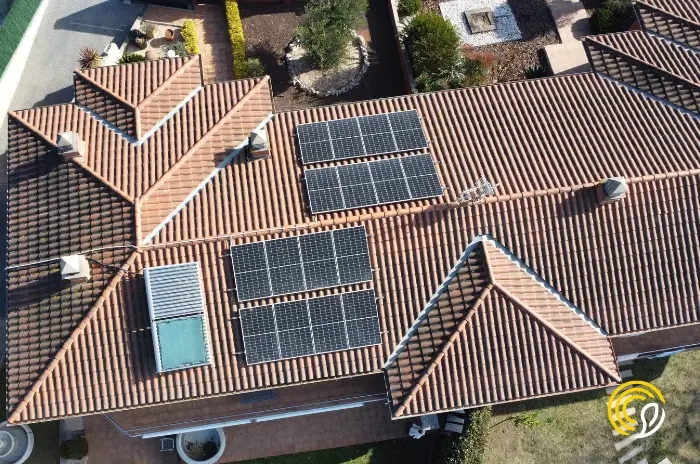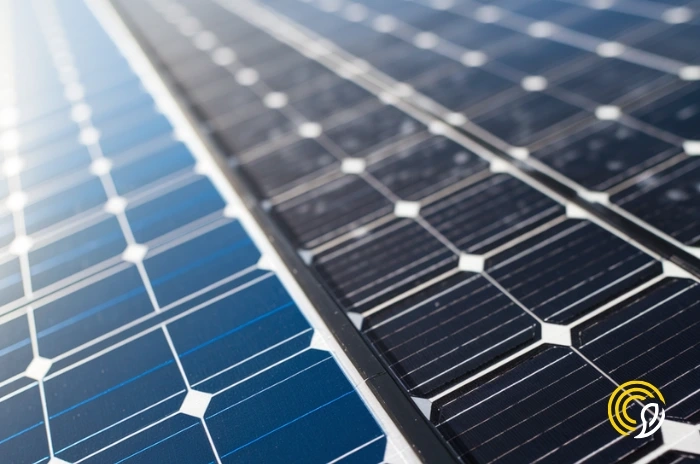
Tutorial for Huawei FusionSolar App

Growth Specialist at Sunhero, passionate about solar energy since installing panels in her home.
05/12/2024
3 min read
Table of Contents
Fusion Solar app explained: A guide to maximising your solar system’s efficiency with Huawei Solar App
In the renewable energy era, having tools to monitor and enhance the performance of your photovoltaic systems is essential. Huawei’s solar panel app stands out as a comprehensive solution for this purpose. Below is a detailed guide on how to use this tool to maximise your home’s energy efficiency.
What is Huawei Fusion Solar?
Fusion Solar is an application designed by Huawei for monitoring and controlling photovoltaic systems. It allows users to view real-time energy production, battery status, and the flow of energy between various system components. Its intuitive interface simplifies the understanding and management of household energy consumption.

Getting Started with Fusion Solar
Fist of all download the Fusion Solar app from this link or do it in the Apple store here.
Upon opening the app, you’ll see an overview of your home’s photovoltaic system. This initial view includes:
- Current Energy Production: For example, on a cloudy day, your system might generate around 4 kW.
- Battery Status: A visual indicator displays the current charge percentage, such as 87%.
- Energy Flow: Using arrows and lights, the app shows the direction of energy between the panels, inverter, battery, and the electrical grid.
This overview helps you quickly assess system performance and detect any anomalies.
Detailed Analysis: Production, Consumption, and Autonomy
Fusion Solar provides advanced tools for deeper energy data analysis:
- Total Production: Displays the energy generated by the solar panels, including its allocation for self-consumption, battery charging, and grid export.
- Energy Autonomy: Shows the percentage of total consumption covered by solar energy, either directly or through the battery.
- Time-Period Selector: Allows you to view data by day, month, year, or the system’s entire lifespan, helping identify trends and consumption patterns.
For instance, you might notice that on a specific day, 72% of your energy needs were met with solar energy, reflecting high energy autonomy.
Real-Time Monitoring: Key Considerations
Although the app provides real-time data, keep in mind:
- Update Delays: Data transmission from the inverter to the cloud and the app can cause a delay of approximately five minutes.
- Data Interpretation: When analysing specific consumption events, such as turning on an appliance, wait a few minutes for the app to update.
Understanding these details ensures accurate interpretation and avoids confusion when evaluating your system’s performance.
Customising Data Visualisation
Fusion Solar offers personalisation options to facilitate analysis:
- Parameter Selection: Enable or disable indicators such as photovoltaic production, total consumption, and battery charge/discharge as needed.
- Graph Zooming: Use zoom gestures to focus on specific times of the day for more detailed analysis.
For example, if you want to evaluate solar production during peak hours, you can disable other parameters and zoom in on the relevant data.
Optimising Energy Consumption
The information provided by Fusion Solar is invaluable for energy consumption optimisation:
- Appliance Scheduling: Identify peak solar production hours and schedule high-energy appliances during these times to maximise self-consumption.
- Battery Management: Monitor charge/discharge cycles to adjust consumption habits, fully utilise stored energy, and minimise grid dependency.
For example, if your battery significantly depletes overnight, you could adjust appliance usage or consider increasing storage capacity.
Sunhero: Your Trusted Solar Energy Partner
At Sunhero, we specialise in tailored solar energy solutions for homes and businesses across Spain. Our mission is to make the transition to renewable energy seamless with end-to-end services, from design to installation and maintenance.
Our Services Include:
- Custom Design: Every project is tailored to the specific needs of our clients, ensuring maximum efficiency and return on investment.
- Professional Installation: Our local expert team guarantees a quick and high-quality installation.
- Grant Management: We assist with the application process for subsidies and grants, making it simpler and more transparent.
What Our Customers Say:
Our clients consistently praise our speed, efficiency, and personalised service. Feedback such as “The best solar panel installation company” and “Thrilled with the service provided, we rate them a 10” reflects our commitment to excellence.
Start today!
Fill out our free solar calculator and get a custom quotation































